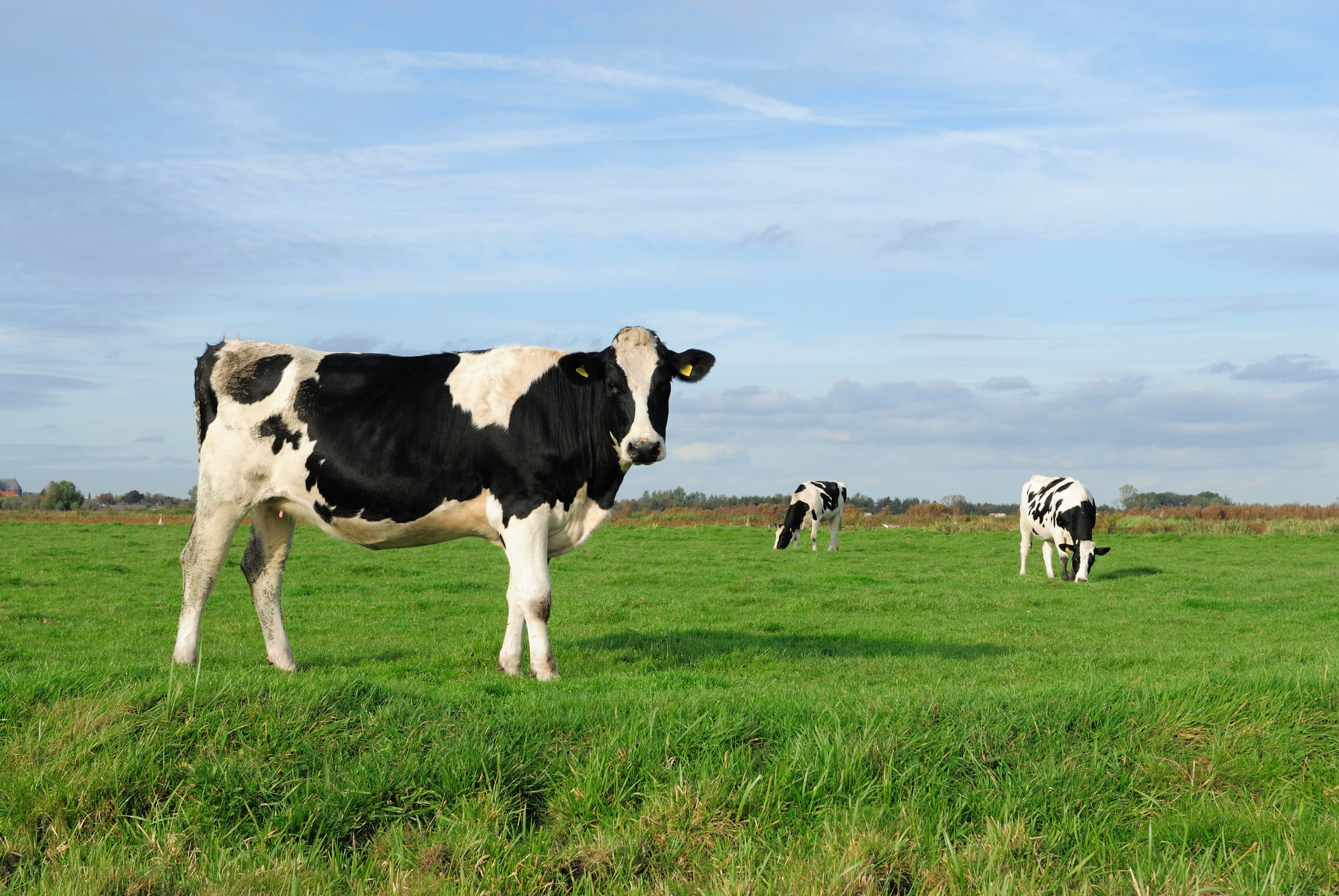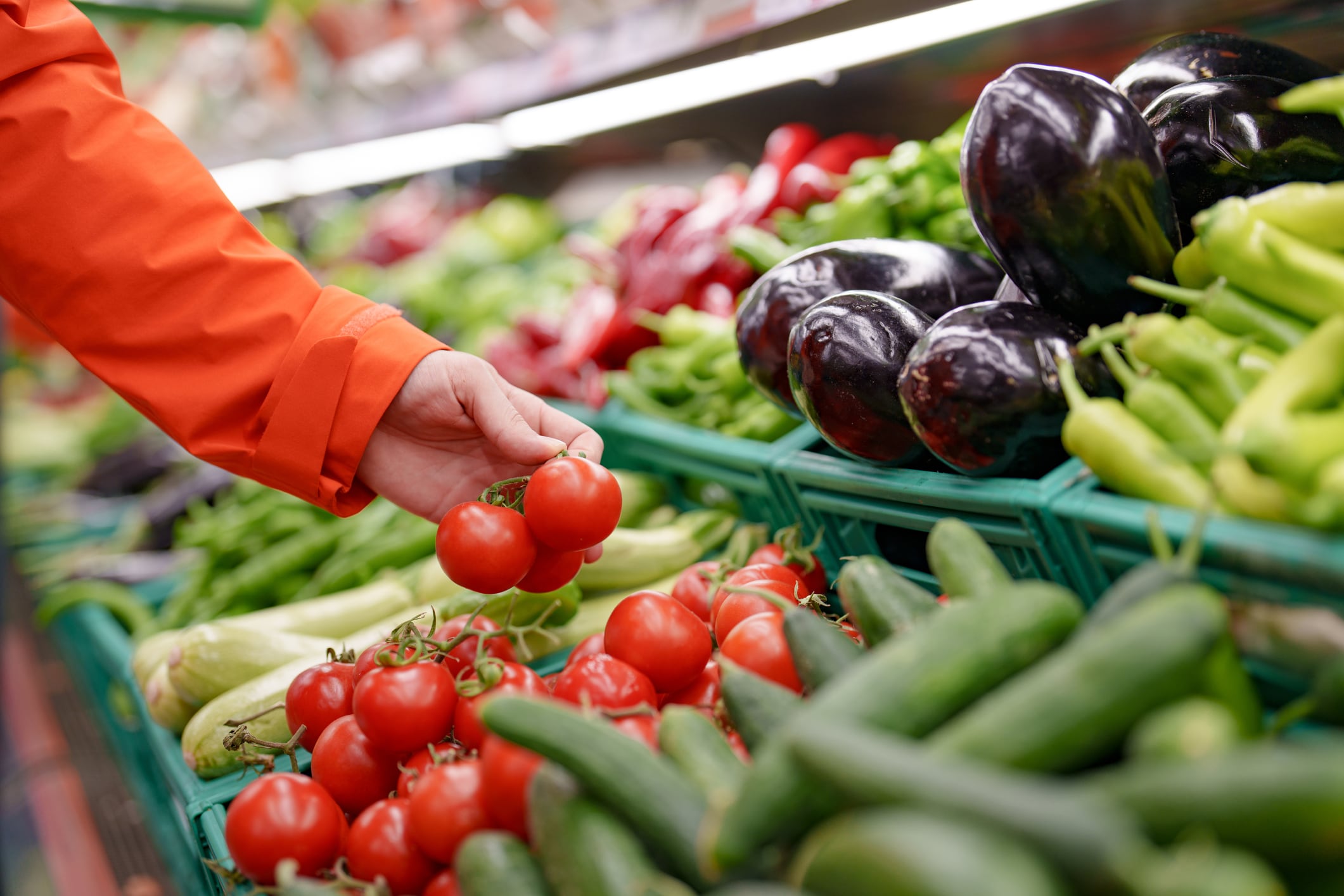AgriZeroNZ recently invested in two startups that aim to reduce cattle methane emissions.
Speaking to AgTechNavigator, head of ventures, David Macdonald said the Kiwi public-private partnership is aiming to help farmers reduce methane and nitrous oxide emissions by 30% by 2030.
“The major customers who buy our agriculture exports out of New Zealand have set very ambitious Scope 3 targets… We know our trading partners are also watching, and that’s why methane and nitrous oxide are two key issues that we are trying to solve,” said Macdonald.
Scope 3 emissions are the indirect greenhouse gas emissions across a company’s value chain and can represent a significant chunk of a firm’s carbon footprint.
With consumer and investor expectations, and increasing regulatory pressure, lowering Scope 3 emissions have become a priority for many companies.
New Zealand’s agriculture sector faces pressures as well as it exports around 90% of its products.
To achieve this, it aims to empower farmers by giving them as much choice as possible.
“We’re investing in a wide range of technologies — boluses, vaccines, probiotics, feed additives and low emissions pasture. We’ve realised that farmers are going to need more choice on what they use. And they fit quite nicely in that box of tools that they may be able to use,” said Macdonald.
Aside from methane, AgriZeroNZ is also looking at reducing nitrous oxide.
“Those are the two major gases that come from our agriculture sector. We’re looking at all different types of technology from around the world and we’ll continue to invest. We’ve got some great investors behind us who are willing to help us solve this and we’ll keep supporting the companies in our portfolio,” said Macdonald.
Additional investments in Hoofprint Biome
On May 1, AgriZeroNZ invested an additional US$5m in Hoofprint Biome, a US company developing natural enzymes and probiotics to improve cattle health while significantly reducing methane.
This round of funding marked AgriZeroNZ’s largest investment to date, totalling US$7.5m.
The enzyme blend, which was designed to mix into animal feed, aims to reduce enteric methane emissions by over 80% while simultaneously improving digestion to increase milk and meat yield by over 5%.
According to the firm, the enzymes reduce methane emissions in cattle by re-shaping the rumen microbiome.
Following this, the startup will begin animal trials in New Zealand early next year.
The firm is aiming to launch its first product for dairy cows in early 2027.
Furthermore, Hoofprint Biome is also working on a probiotic-based delivery method for its enzymes.
This could reduce dosing frequency to weekly or even monthly, making it a practical option for beef and dairy farmers who do not feed supplements daily.
First Australian investment
On May 8, AgriZeroNZ announced its AU$1.35m (US$868m) investment in Bovotica, which aims to reduce methane through probiotics.
The startup, which spun out of Queensland University of Technology (QUT), recently completed its seed funding round, with AgriZeroNZ being the lead investor.
According to the firm, its probiotic aims to naturally modulate the microbes in cattle’s stomach to reduce methane emissions while improving performance at the same time.
The startup will offer two products. The first was designed to be blended into feed, while the other will be a long-acting oral drench tailored for grass-fed beef and dairy cattle.
With two solutions in development, the startup will be able to cater to different farming systems.
Bovotica chief executive Andrew Leech said its initial targets were 50% reduction in methane and a 5% increase in production.
The firm’s animal trials are set to take place early 2026.





